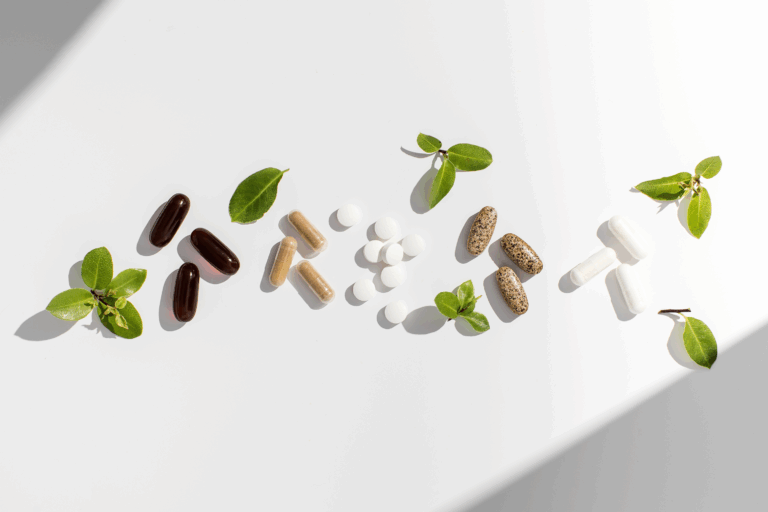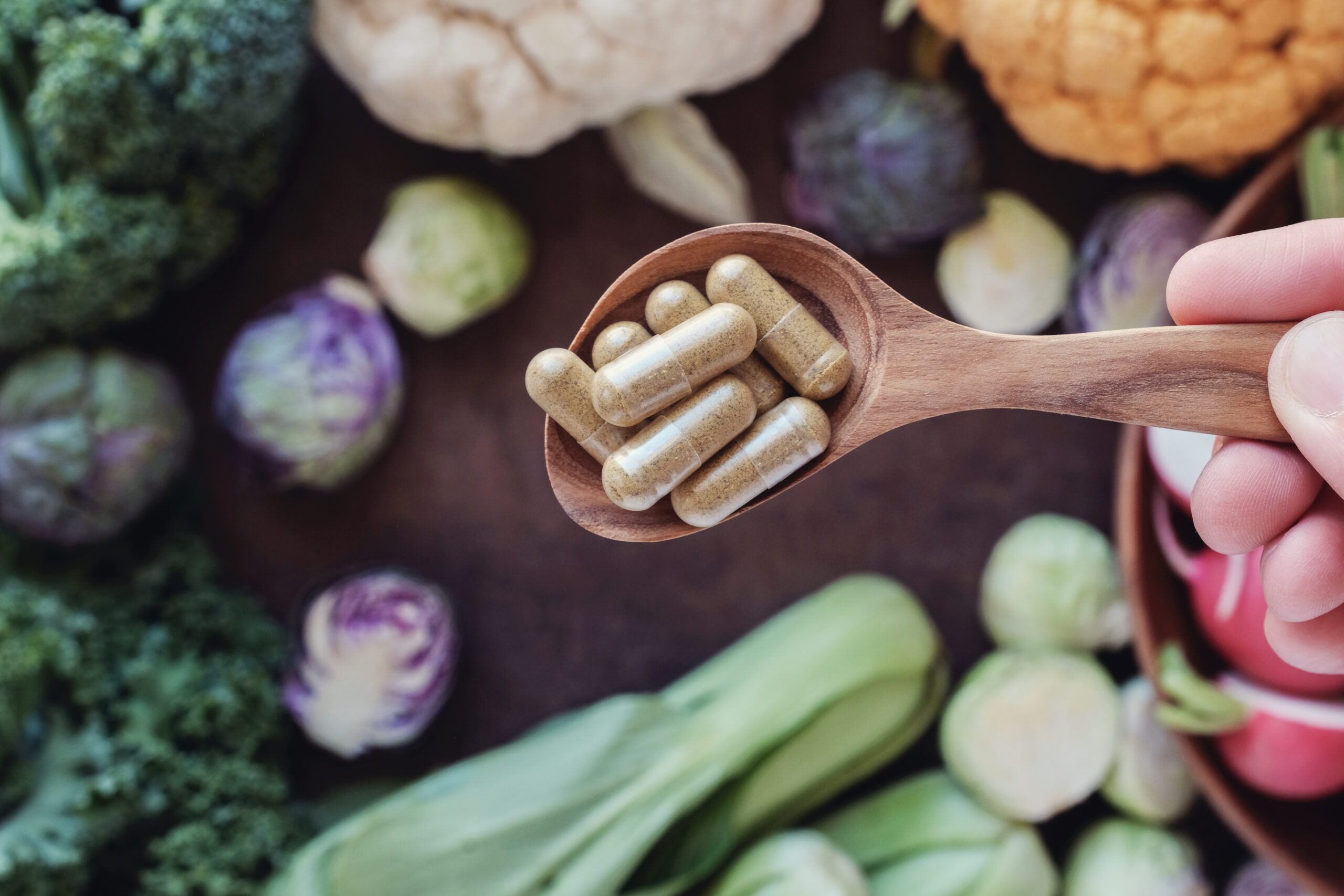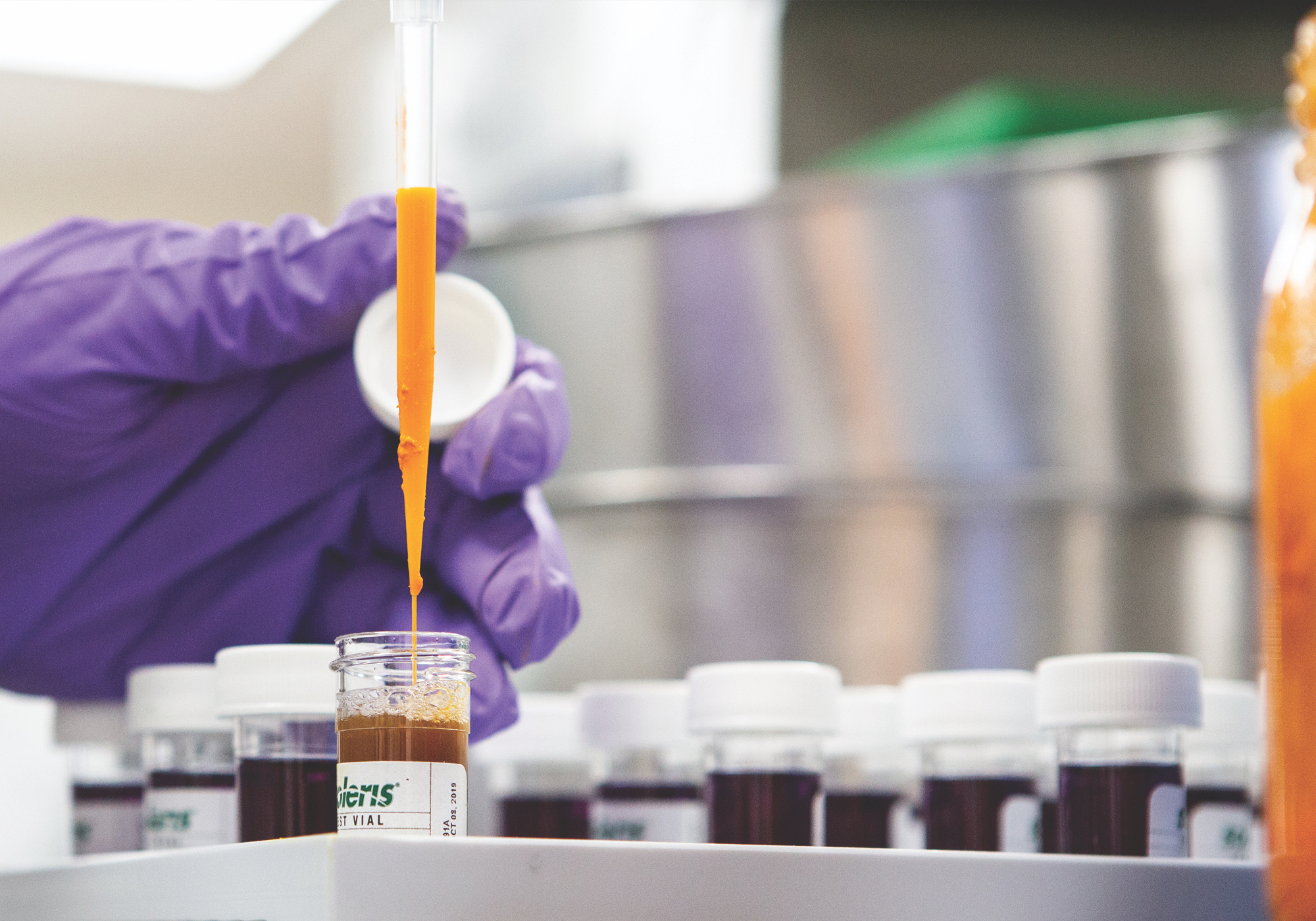Scientific name:Juglans nigra
Constituents:
- Naphthaquinones (juglone & plumbagin)
- Tannins (ellagic & gallic acids)
- Volatile oil
- Fatty acids
- Flavonoids
- Silica
Medicinal actions:
- Alterative
- Anti-parasitic
- Antimicrobial (anti-fungal)
- Anti-neoplastic
- Astringent
- Bitter
- Laxative (stimulating)
Mechanism of Action & Pharmacology:
- Naphthaquinones (juglone & plubagin) are anti-fungal, antimicrobial, anti-tumor and anti-parasitic, and have laxative effects.
- In vitro studies indicate that plumbagin was larvicidal and inhibited the motility and hatching of parasitic larvae, as well as having anti-malarial effects.
- Juglone inhibits the growth of oral cariogenic bacteria (Streptococcus mutans and Streptococcus sanguis) and periodontal pathogens (Porphyromonas gingivalis and Prevotella intermedia).
- Tannins have astringent effects.
Pharmacy:
- Tincture
- Capsules
- Pulse dosing
Safety & Toxicity Concerns:
- Nausea, vomiting, and watery catharsis.
- External application may cause dermatitis (treat by washing area with soap and water). Juglone may cause allergic reaction and genetic mutation with long-term use.
- Chronic GIT conditions, pregnancy & lactation.
Interactions:
- Theoretically may interfere with absorption of any drug when taken simultaneously due to laxative effects.







